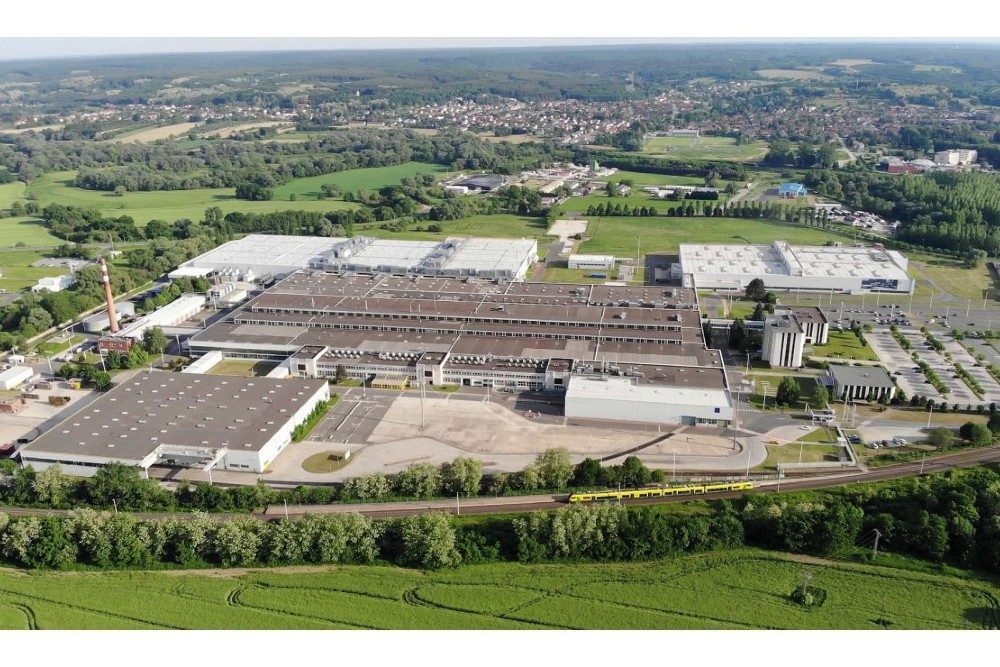Stellantis prepares electric motor production in Hungary
Stellantis currently builds combustion engines in Szentgotthárd, specifically 1.2-litre turbo three-cylinder and 1.6-litre four-cylinder engines. In less than three years, it will also produce electric drives for several Stellantis models there. To this end, the manufacturer will invest 103 million euros, including Stellantis capital and subsidies from the Hungarian government.
Otherwise, the company has only specified that the electric drive modules will be for the upcoming STLA platform. Stellantis announced its plans for the new platform in 2021. Accordingly, the ‘STLA Small’ for micro and compact cars will replace the second generation of the e-CMP platform. The new platform will be capable of ranges of at least 500 kilometres for passenger cars in the A, B and C segments. There is also ‘STLA Medium’ for passenger cars in segments C and D and ‘STLA Large’ for passenger cars in segments D and EV with ranges of up to 700 and 800 kilometres, respectively. From 2024, the fourth Stellantis platform will be ‘STLA Frame’ for large electric SUVs and pickup trucks with ranges of at least 500 kilometres.
Production of electric motors will be housed in the plant’s existing buildings in Hungary and carried out by trained employees, according to the statement. “Bringing production of electric drive modules to Szentgotthard to support our transformation towards electrification is another important part of our goal to provide customers with clean, safe and affordable mobility,” said Arnaud Deboeuf, Stellantis Chief Manufacturing Officer.
The investment in Hungary is the latest example of Stellantis’ strategy to manufacture EV components in existing plants. The Group already utilises its production facilities in Tremery-Metz, France, for electric motor production (in cooperation with Nidec). This step is planned for the third quarter of 2024 in Kokomo, USA. The production of next-generation electrified dual-clutch transmissions (eDCTs) will kick off this year in Mirafiori, Italy. These are intended for the Group’s hybrid and plug-in hybrid vehicles.
As part of its EV roadmap ‘Dare Forward 2030’ Stellantis aims for 100 per cent battery-electric passenger cars in Europe and 50 per cent battery-electric passenger cars and light commercial vehicles in the United States by the end of the decade.





0 Comments